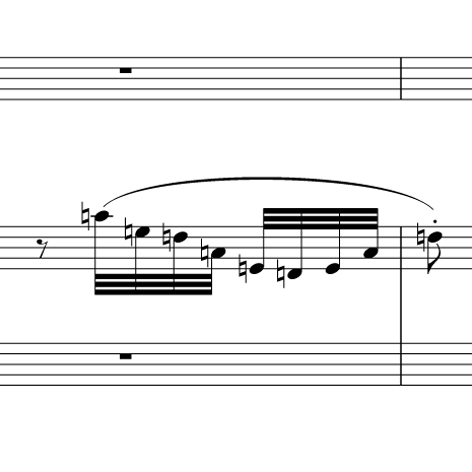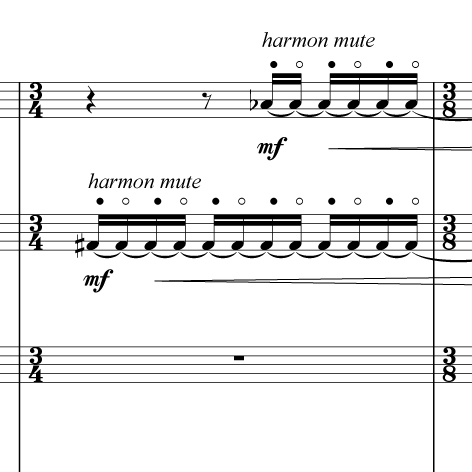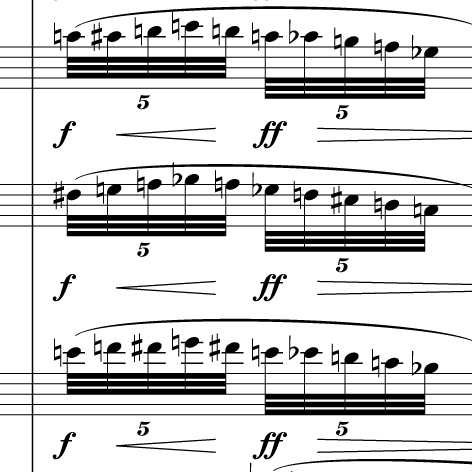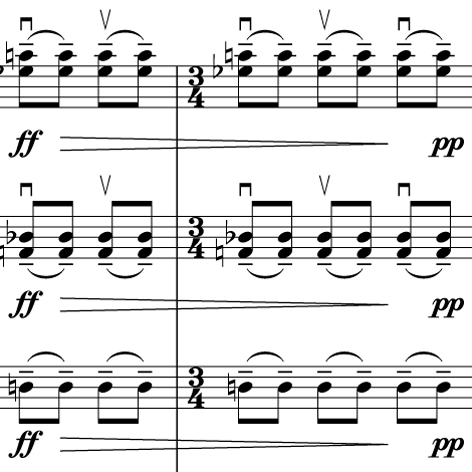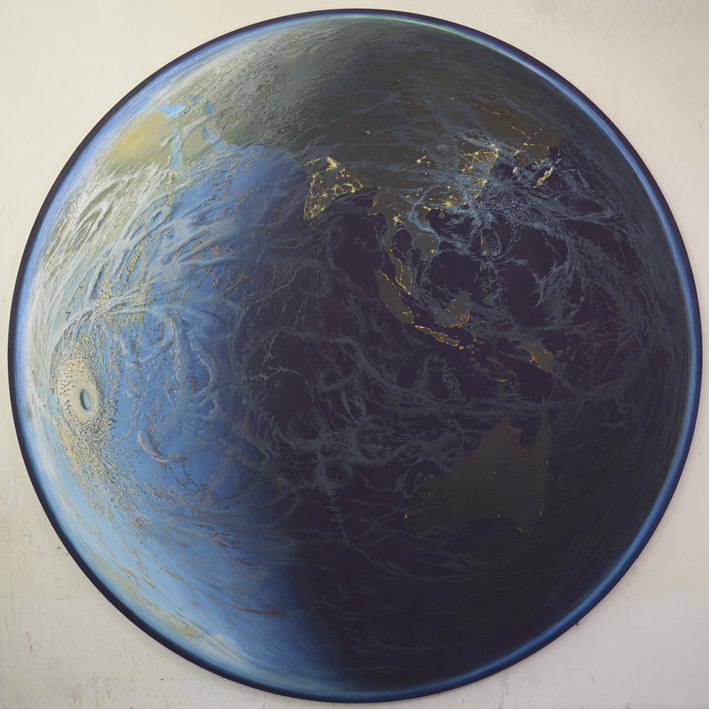Australie

for symphony orchestra (2023)
22 minutes | no.63
Australie is the fourth part of Grand Atlas, a cycle in which each of the seven world continents is depicted in an orchestral composition.
About four to ten times a year, mainly in October, a unique meteorological occurrence can be observed in the Shire of Burke, a sparsely populated area in North West Queensland:
a sequence of tube-shaped clouds, drifting calmly across the sky, at regular intervals, like a bunch of floating cannelloni.
The southern part of the Gulf of Carpentaria is the only known location where these mystifying roll clouds can be predicted due to the configuration of land and sea.
Having been spotted since ancient times, the local Garrwa Aboriginal people call this rare phenomenon kangólgi.
The opening music of Australie reflects the calmness and regularity of these cloud formations:
six slowly unfolding scrolls, combining descending ribbons from heaven with evaporating harmonies from the gulf.
Mindful of stating the obvious: the native sound of Australia is synonymous with that of the didgeridoo.
Now popular all around the globe, this indigenous instrument found its origin about a thousand years ago, predominantly in the northern parts of the continent.
The earliest depiction to date is a captivating rock painting in Ginga Wardelirrhmeng, on the northern edge of the Arnhem Land plateau, showing a didgeridoo player and two singing figures participating in an Ubarr ceremony.
The characteristic sound of the instrument is a combination of a single-pitched continuous drone, circular breathing, pulsating rhythms, and oscillating overtones.
In the second part of Australie we hear orchestral music combining all of these elements, aiming to evoke a homogeneous spiritual enlightenment, without disrespectfully mimicking the instrument.
Crossing the red earth desert, towards the very centre of the continent, we start to catch a glimpse of Uluru.
This mountainous sandstone formation in the southern part of the Northern Territory is by far the most iconic natural landmark of Australia.
Formally known as Ayres Rock, Uluru is sacred to the Pitjantjatjara, the Aboriginal people known as the Anangu.
The area around the formation is home to an abundance of rock caves, springs, waterholes and ancient paintings.
While approaching Uluru, its majestic appearance grows bigger and bigger, leaving the music no choice but to underscore its awe-inspiring grandeur.
1. Kangólgi
2. Ubarr
3. Uluru
Scoring
3(I,II,III=picc).2.ca.2.bcl.2.dbsn-4.2.2.btbn.1-timp-perc(4)-org-pf(=cel)-hrp-str(12.12.10.8.8)
commissioned by
NTR ZaterdagMatinee
Written for
Netherlands Radio Philharmonic Orchestra
dedicated to
Matthew Shlomowitz
première
20 April 2024
NTR ZaterdagMatinee
Concertgebouw, Amsterdam (Netherlands)
Netherlands Radio Philharmonic Orchestra
Stéphane Denève (conductor)
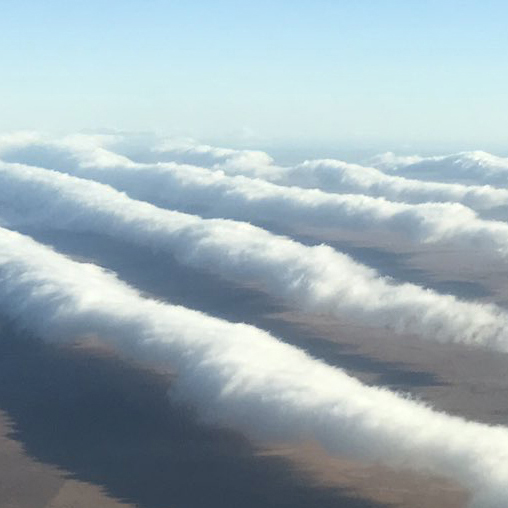
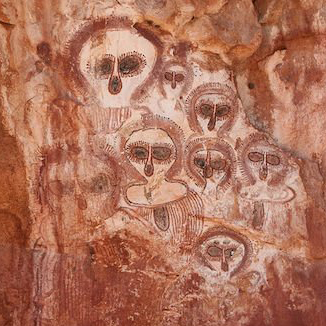
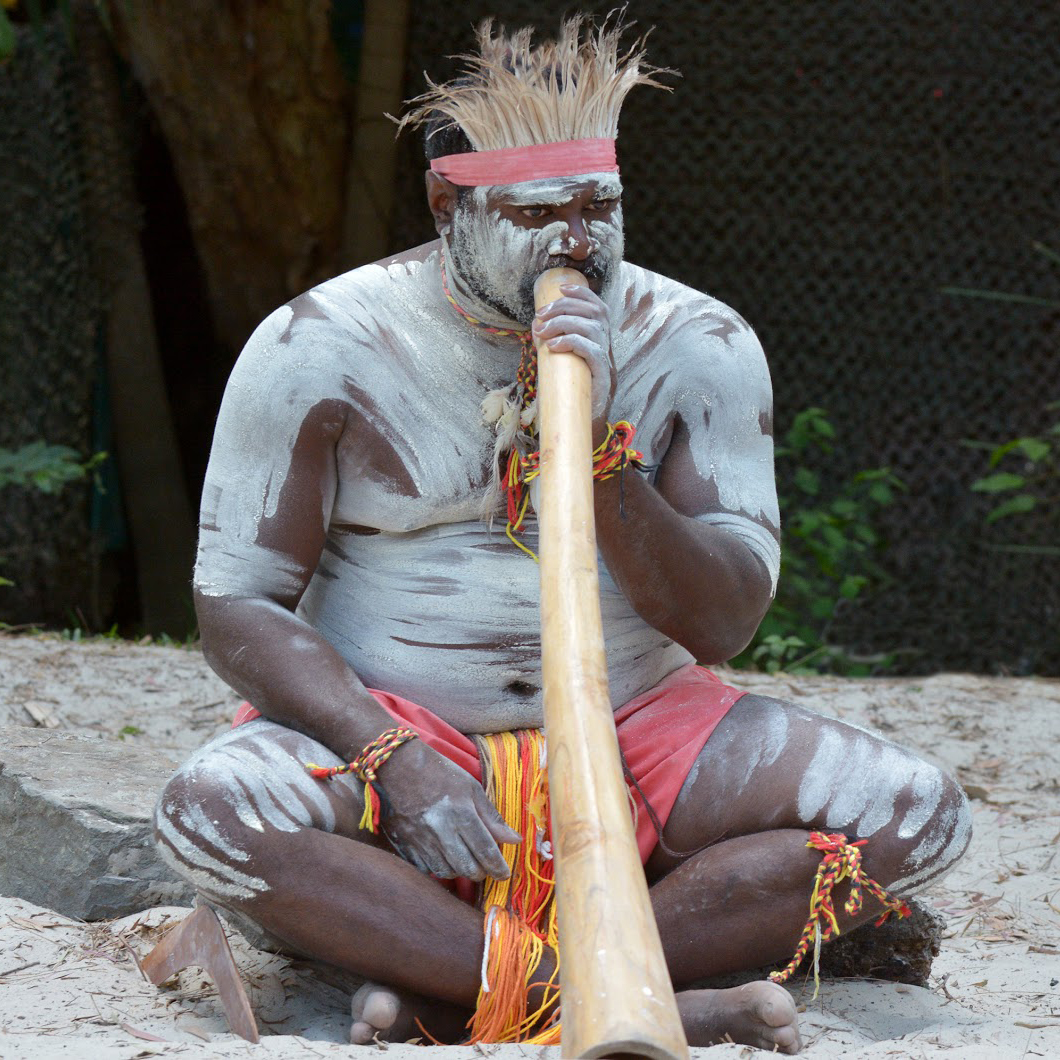
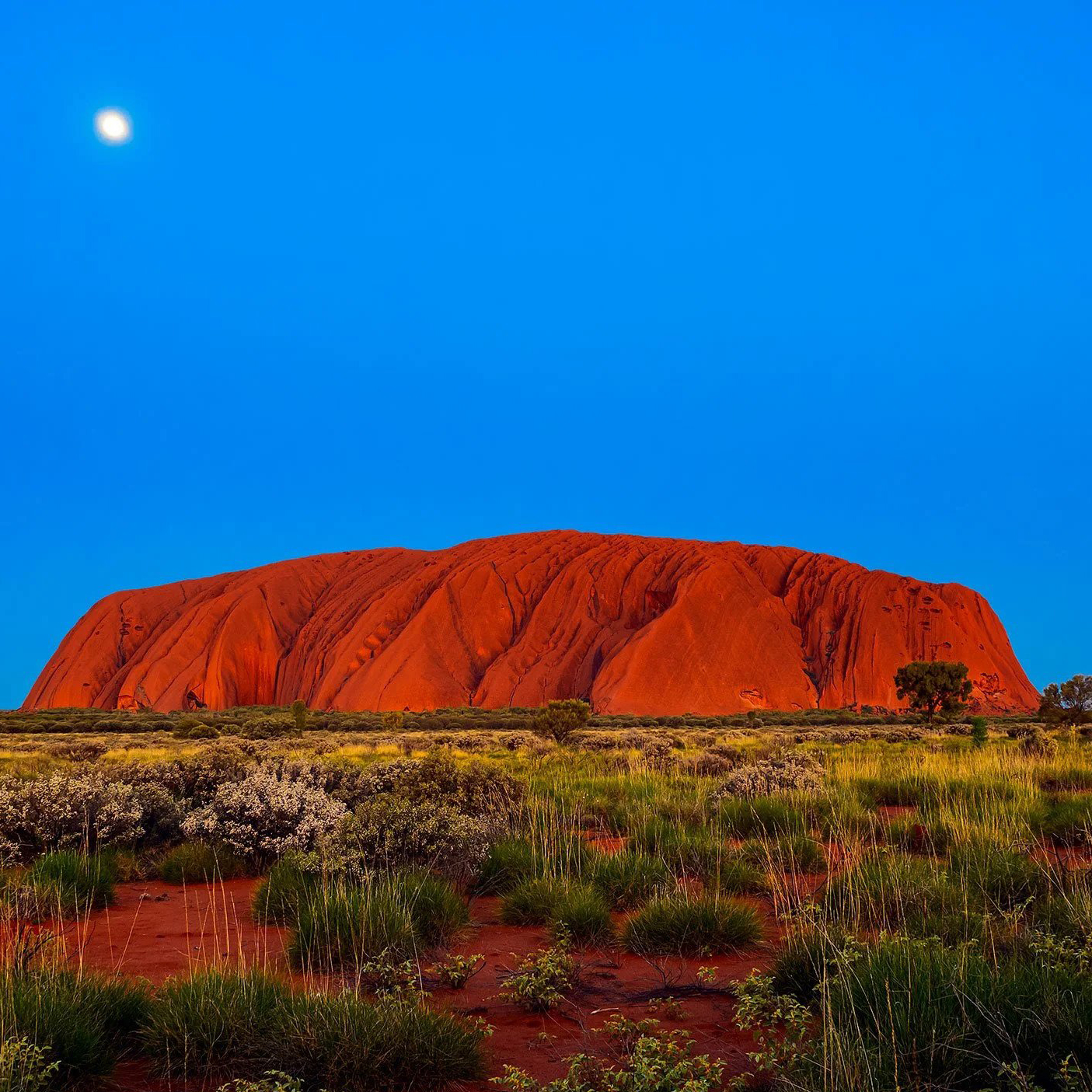
Audio Fragments
Performance
Netherlands Radio Philharmonic Orchestra
Stéphane Denève - conductor
recording
20 April 2024, NTR ZaterdagMatinee, Concertgebouw, Amsterdam (NL)
by NTR Dutch Radio (reproduced with permission)
Australie
excerpt 1
Australie
excerpt 2
Australie
excerpt 3
Australie
excerpt 4
